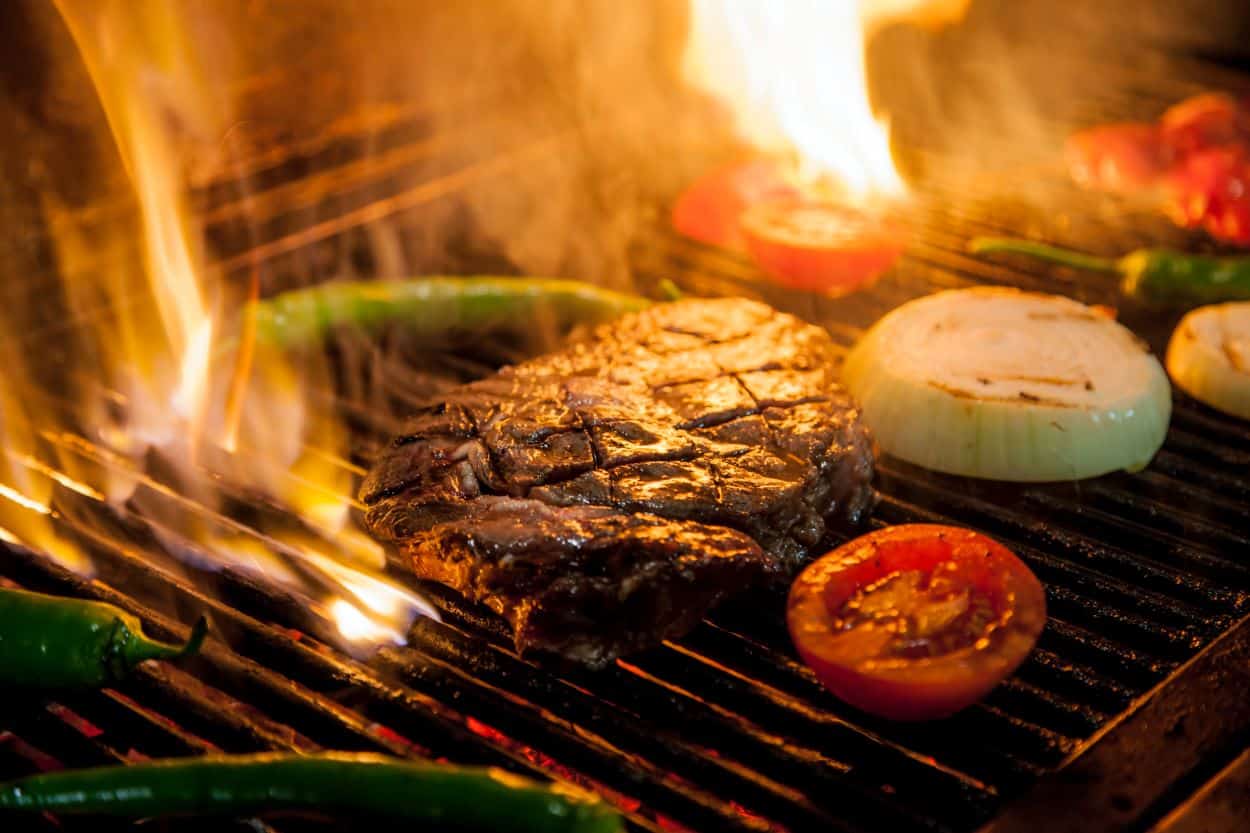
Steak Temperature Guide: All Information You Need for a Perfect Steak
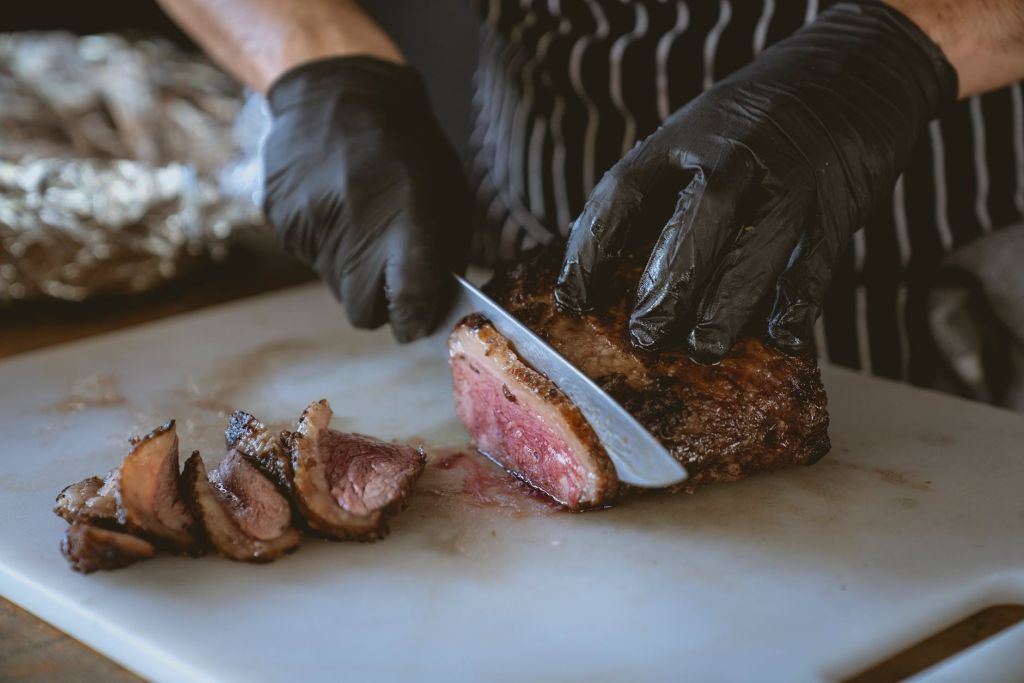
Steaks are not your everyday meal. They are the most costly cuts of meat you can order at a restaurant of any size. Some people only order steak during a ceremony or a special occasion. The only way to eat steak regularly is to learn how to cook it at home. Buy the best Weber grill, tongs, spatulas, meat thermometer, and other essential grilling tools. Next, find a steak temperature chart to use when cooking.
After that, gather more knowledge and facts about cooking steak on a grill. If you have some grilling experience, then barbecuing steak should be manageable. If you are a novice, you are in a learning phase. We will reveal the things most professional chefs want you to know when cooking steak.
Table of Contents
A steak temperature chart guide
It is necessary to keep a steak doneness temperature chart close to you when cooking steak. It will be your reference point when reading the internal temperatures of steak. A temperature chart is a guide showing the safest doneness temperatures for steaks. Any chef will follow the standard system of doneness when cooking steak. They will ask you how you would like your steak cooked before working on it.
Follow the same rule at home. Find out from your family or friends about how they would like you to cook their favorite steak. Then, keep your best instant read meat thermometer near to measure internal temps correctly. The standard steak doneness temperature chart appears next:
- Rare – 120 to 129 degrees F or 49 to 54 degrees C
- Medium Rare –130 to 134 degrees F or 55 to 57 degrees C
- Medium – 135 to 144 degrees F or 58 to 62 degrees C
- Medium Well – 145 to 154 degrees F or 63 to 67 degrees C
- Well Done – 155 to 144 degrees F or 68 to 73 degrees C
When considering the correct doneness, chefs focus on the temperature instead of the color. Color is not an adequate indicator of doneness. Instead, use an electronic meat thermometer to gauge the internal temperature. Using the information in the chart above, you can cook the following steaks.
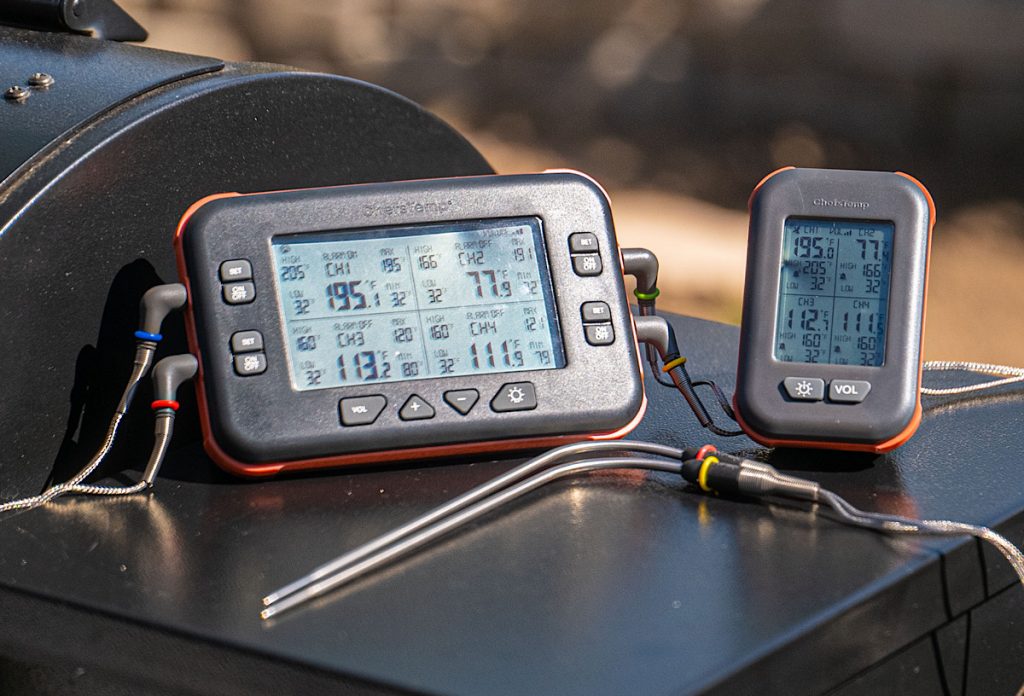
- Rare Steak– Some meat lovers like to eat their steak raw or nearly raw. When asked to cook a Rare Steak, ensure the middle of it is slightly past raw. The center will be pure red and cool. As it is undercooked, steak might smell like blood (iron).
- Medium Rare Steak – The above steak temperature chart shows that the correct internal temperature for Medium Rare is 130 to 134 degrees F. It will have a warm and red center when you maintain this temperature range. The steak will have an attractive texture and succulence.
- Medium Steak – You will know when you have achieved the best doneness level when the center turns pink and stays warm. While a Medium Steak may appear juicy when cut, it will be firmer and chewier. The juices will settle on your meat plate.
- Medium-Well– When you cook steak at a temperature range of 145 to 154 degrees F, it will substantially change. The protein fibers in its muscles will shrink due to heat. This will cause the whole steak to lose its volume and will have some pink tinges in the middle. Medium Well steak is not juicy even when you cut it. The heat dries the juices completely.
- Well-Done Steak– Proteins fibers break down completely when exposed to heat. So the natural juices in meat will drain in the process. Well Done steak is not tender because it has no liquids within it. So you cannot experience the full flavor of your favorite meat. All in all, Well-Done steak is the safest to eat because the higher internal temperatures kill all pathogens. As long as you have a high-quality remote thermometer, you can cook Well-Done steak to the correct internal temps.
Carryover temperatures in steaks
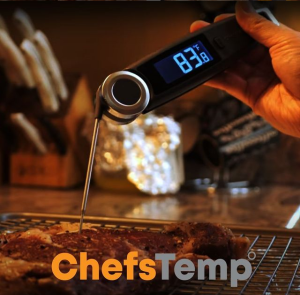
A steak temperature chart above does not show the correct carryover temperatures for steaks. First, the carryover temperatures are the final temperatures before serving meat. Steaks generally cook in high heat because they are thick. Pull them from the grill about 5 to 7 degrees F or 3 to 4 degrees C early. Meat usually traps heat within it as it cooks. The residue heat cooks meat fully after removing it from the grill. Use your best food thermometer to check temperatures before pulling out meat from the cooker.
How to choose the best steaks?
If you have decided to cook steaks often, it is essential to choose them wisely. Picking the best steak cuts can raise your odds of cooking yummy meat. One thing to focus on is beef grades based on. Check these on the USDA grading system. The system has two sections; one section is a letter grade showing the age of the beef cow. The other section shows the level of marbling.
The best beef grade to buy is Grade A which comes from a younger animal aged between nine and thirty months old. The Grade B beef comes from a cow aged thirty to forty-two months; the Grade E meat comes from an animal over eight years old. It is also good to read the marbling scores or steak grades. These indicate how tender, tasty, and palatable a steak cut is.
The establishment of the grading occurs in the Rib Eye Area (between the twelfth and thirteenth ribs). It focuses on the quantity of fat found in this area, and what its distribution looks like. If using this grading system, the best steak cut you can order is Prime because it has more fat between the muscles. It is a cut from the body of a younger and well-fed beef cow. It is the best choice for grilling at home.
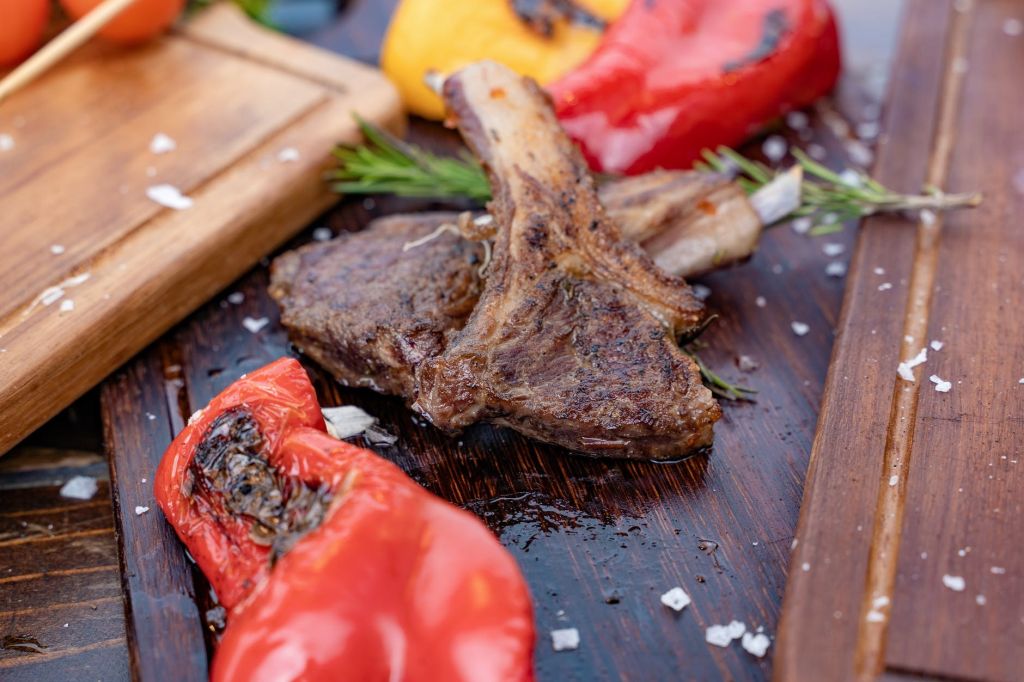
The second best is Choice, which has slightly less fat distribution. If you want your Choice tender and juicier, have it cut from the loin or rib areas. Other beef grades include Select, Standard, Utility, and so on. Steak cuts have specific names, including T-Bone, Filet Mignon, Sirloin, etc. Teach yourself these basics. Regardless of steak grade, you need your grill thermometer and steak doneness temp chart to cook it well.
Conclusion
We have taught you many things about steak. However, the most essential thing to focus on is the internal temperatures of steak. To achieve the safest temperatures, use an instant read thermometer and a steak temperature chart. These tools will help you cook safe and flavorful steaks every time. You also need to shop your steaks carefully. Find a butcher shop or steakhouse that sells the best steak grades. We have mentioned something about steak grades. So read further on that to understand the things to look for when buying steak.
One Comment
Comments are closed.
Discover Other ChefsTemp Products
Discover more recipes and learn kitchen tricks by joining our cooking family on Facebook.
You may also like:
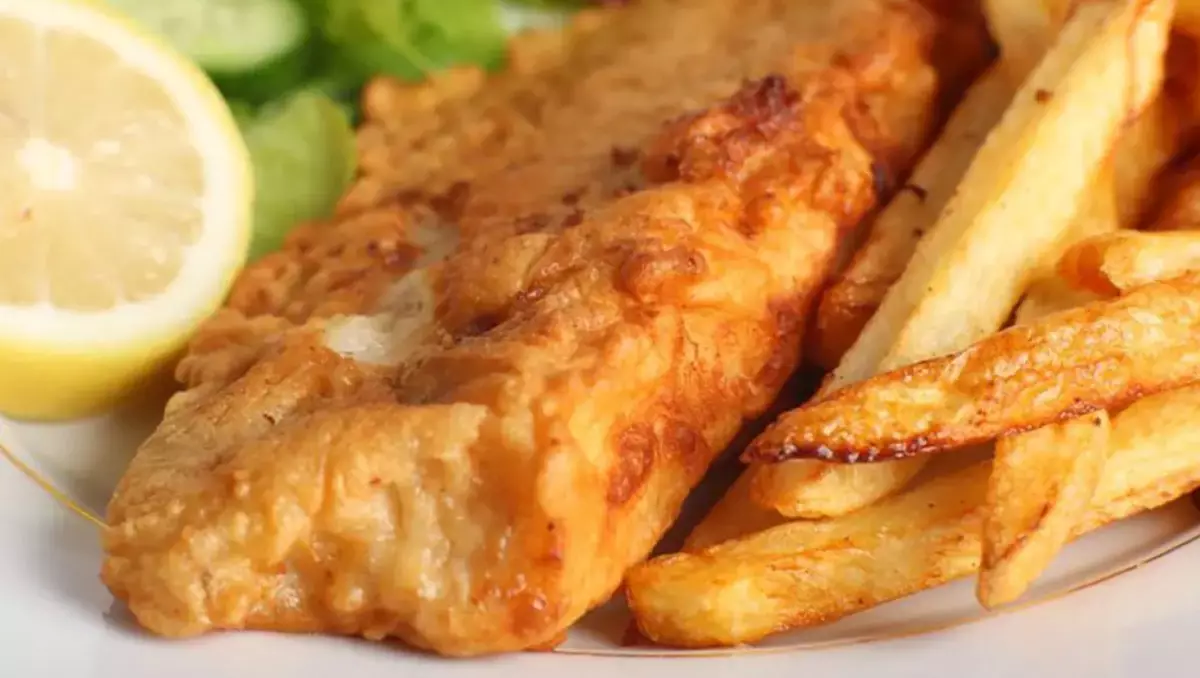
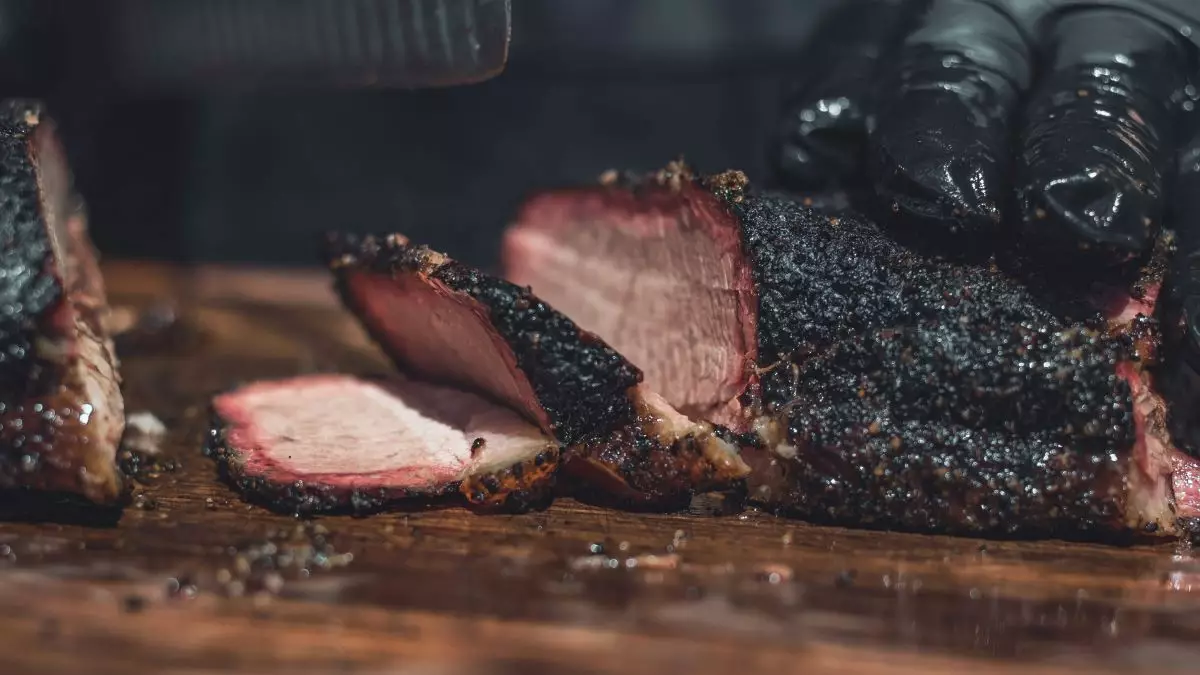
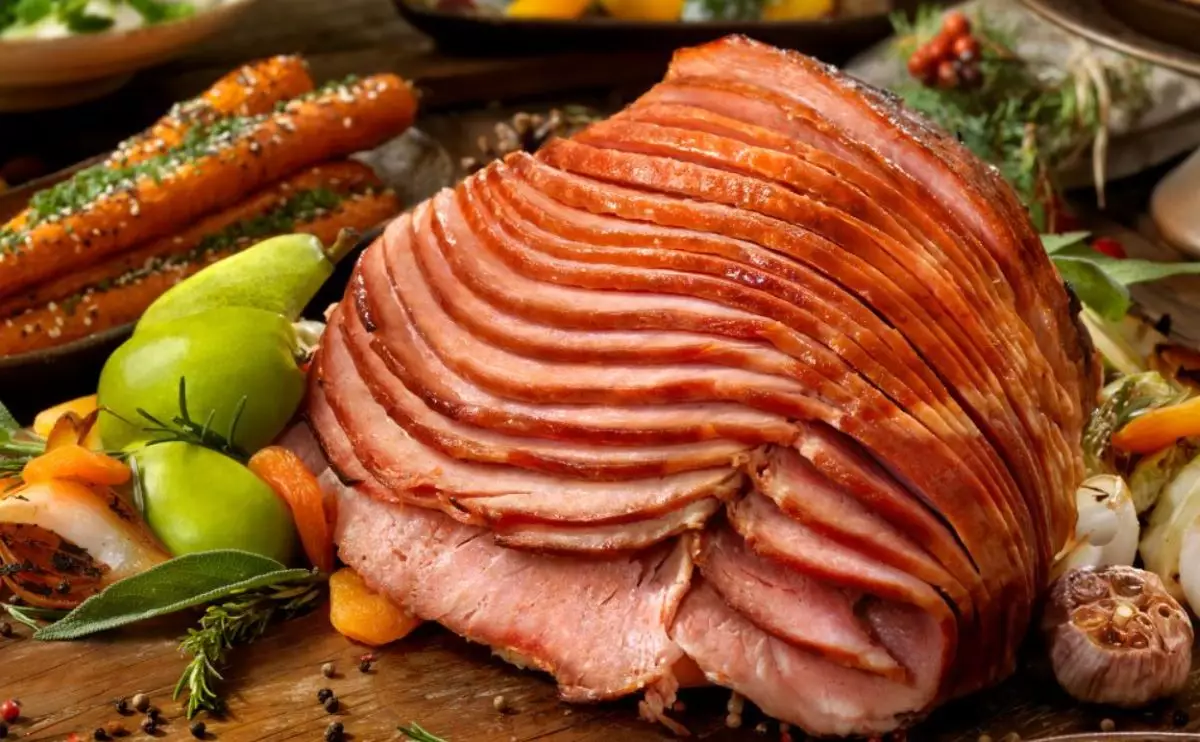
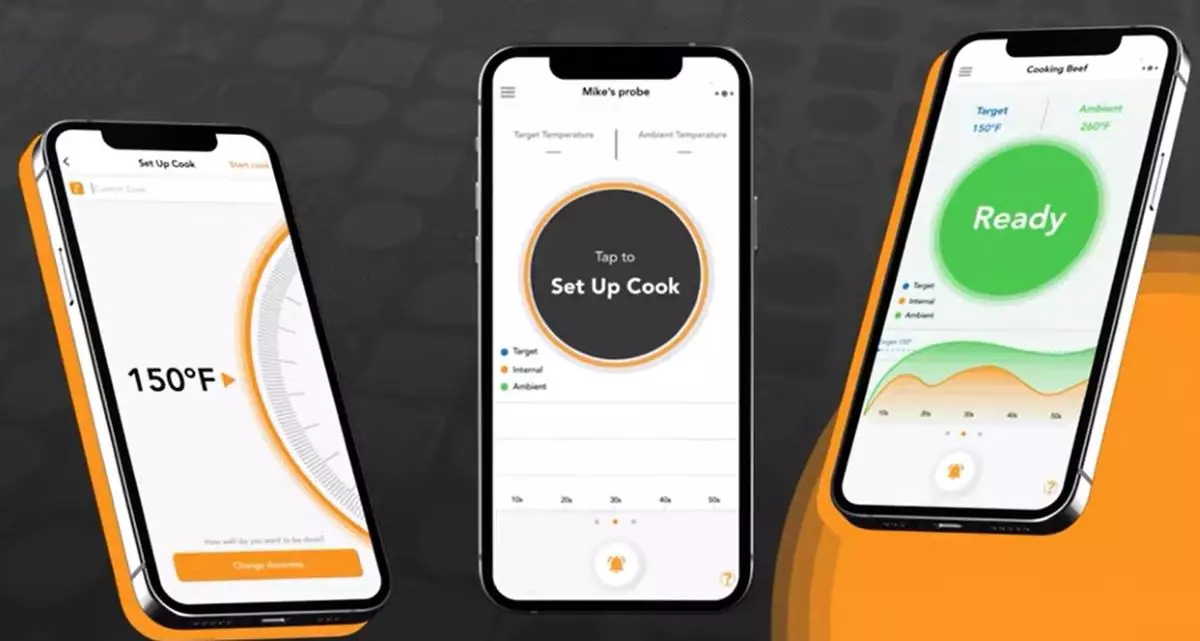
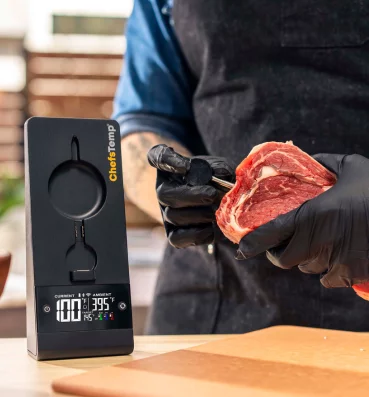
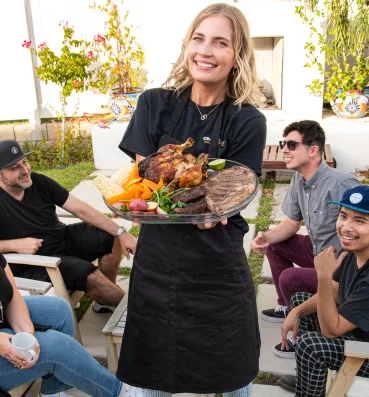


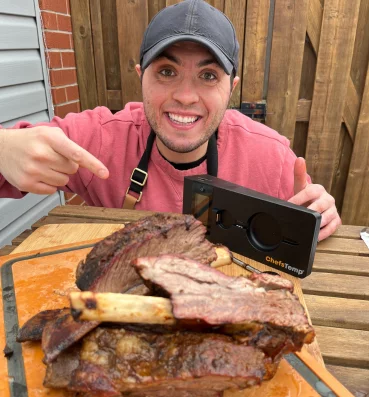
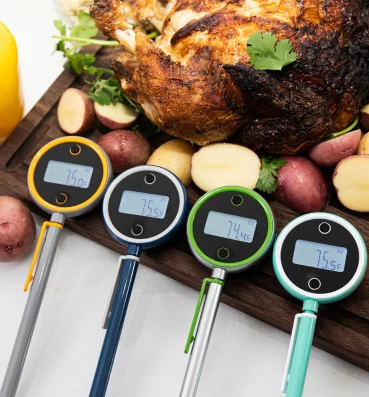
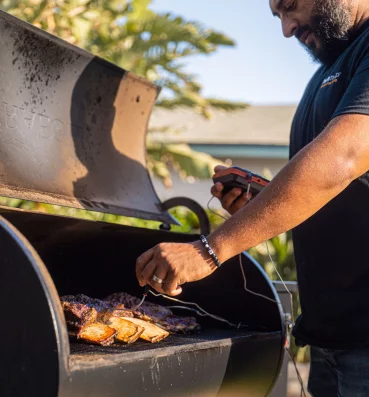
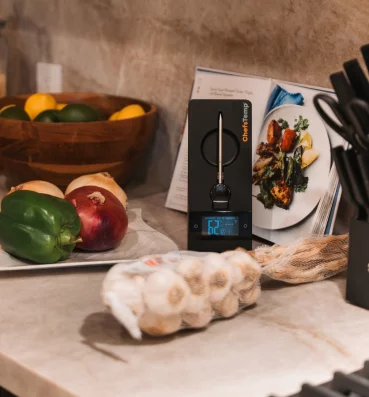

Hi chefstemp.com administrator, Keep up the good work, admin!